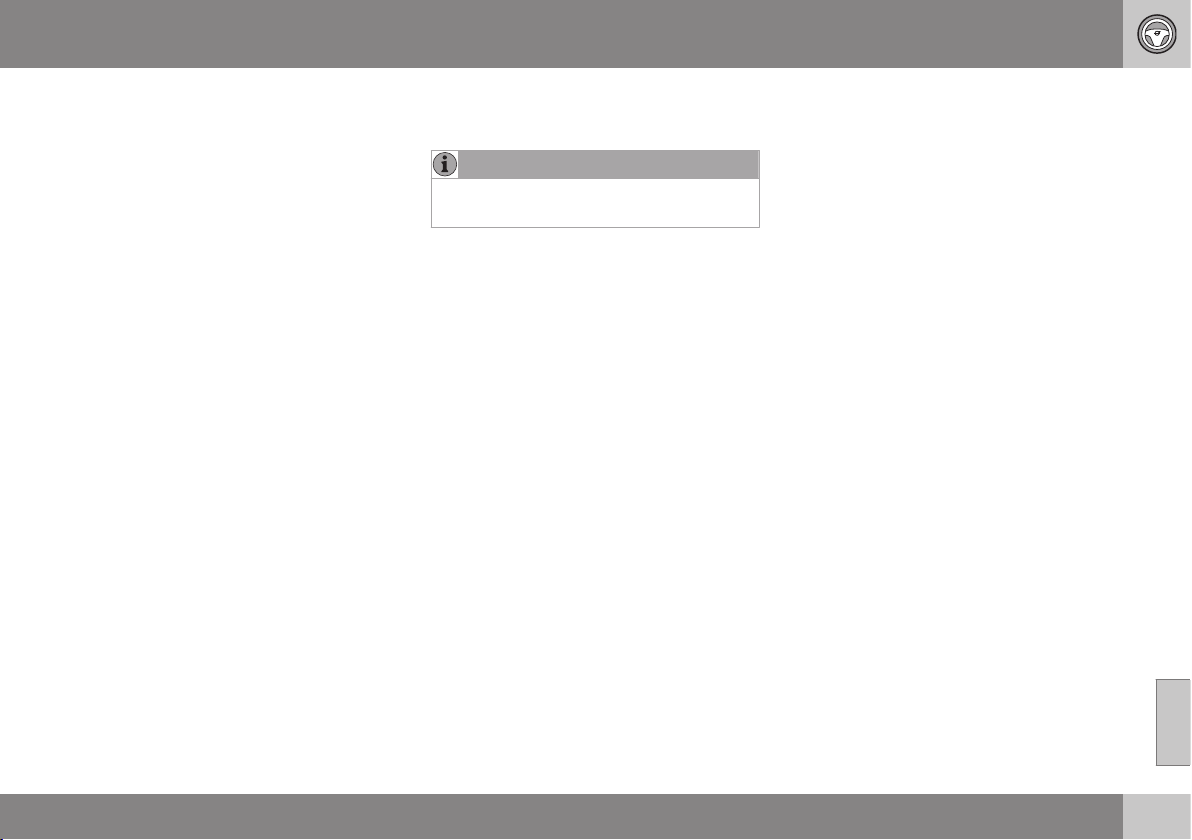Loading ...
Loading ...
Loading ...

08 Starting and driving
08
}}
279
Emission controls
Three-way catalytic converter
•
Keep your engine properly tuned. Certain
engine malfunctions, particularly involving
the electrical, fuel or distributor ignition
systems, may cause unusually high three-
way catalytic converter temperatures. Do
not continue to operate your vehicle if
you detect engine misfire, noticeable loss
of power or other unusual operating con-
ditions, such as engine overheating or
backfiring. A properly tuned engine will
help avoid malfunctions that could dam-
age the three-way catalytic converter.
•
Do not park your vehicle over combusti-
ble materials, such as grass or leaves,
which can come into contact with the hot
exhaust system and cause such materials
to ignite under certain wind and weather
conditions.
•
Excessive starter cranking (in excess of
one minute), or an intermittently firing or
flooded engine can cause three-way cat-
alytic converter or exhaust system over-
heating.
•
Remember that tampering or unauthor-
ized modifications to the engine, the
Engine Control Module, or the vehicle
may be illegal and can cause three-way
catalytic converter or exhaust system
overheating. This includes: altering fuel
injection settings or components, altering
emission system components or location
or removing components, and/or repea-
ted use of leaded fuel.
NOTE
Unleaded fuel is required for vehicles with
three-way catalytic converters.
Heated oxygen sensors
The heated oxygen sensors monitor the oxy-
gen content of the exhaust gases. Readings
are fed into a control module that continu-
ously monitors engine functions and controls
fuel injection. The ratio of fuel to air into the
engine is continuously adjusted for efficient
combustion to help reduce harmful emis-
sions.
Related information
•
Information displays – warning symbols
(p. 74)
•
Engine and cooling system (p. 273)
Economical driving
Better driving economy may be obtained by
thinking ahead, avoiding rapid starts and
stops and adjusting the speed of your vehicle
to immediate traffic conditions.
Economical driving conserves natural
resources
Observe the following rules:
•
Bring the engine to normal operating tem-
perature as soon as possible by driving
with a light foot on the accelerator pedal
for the first few minutes of operation. A
cold engine uses more fuel and is subject
to increased wear.
•
Whenever possible, avoid using the vehi-
cle for driving short distances. This does
not allow the engine to reach normal
operating temperature.
•
Drive carefully and avoid rapid accelera-
tion and hard braking.
•
Use the transmission's Drive (D) position
as often as possible and avoid using kick-
down.
Loading ...
Loading ...
Loading ...